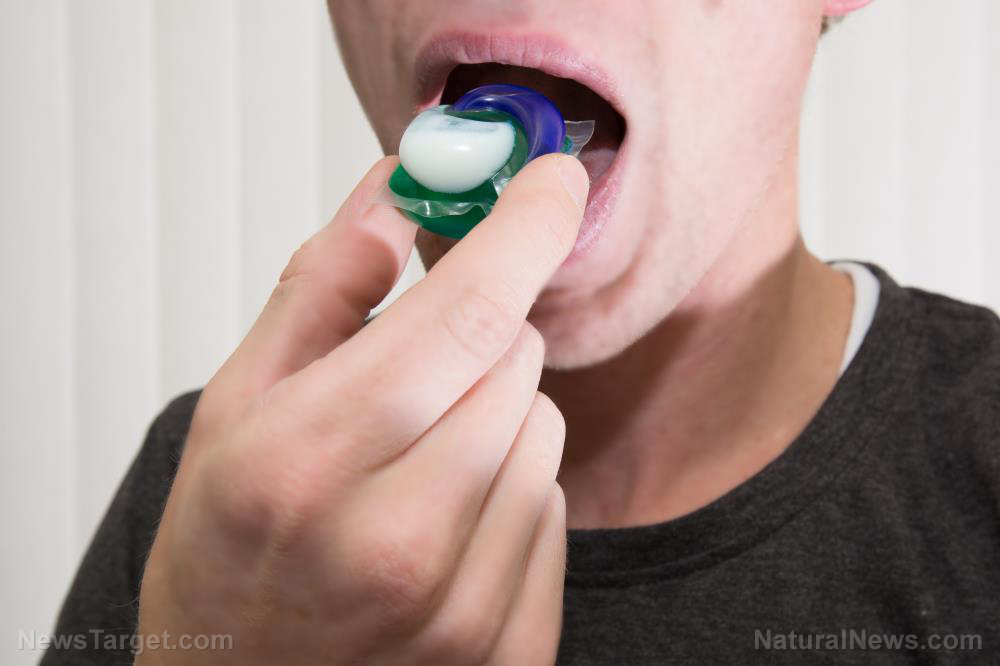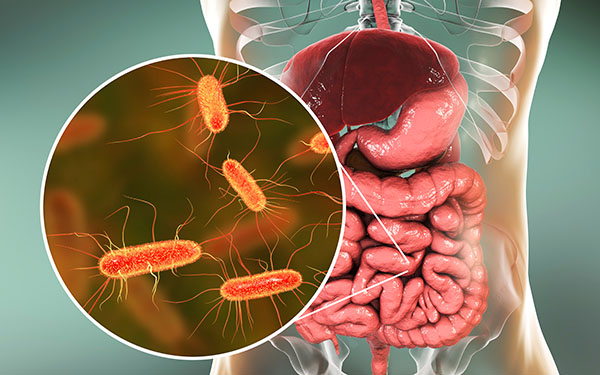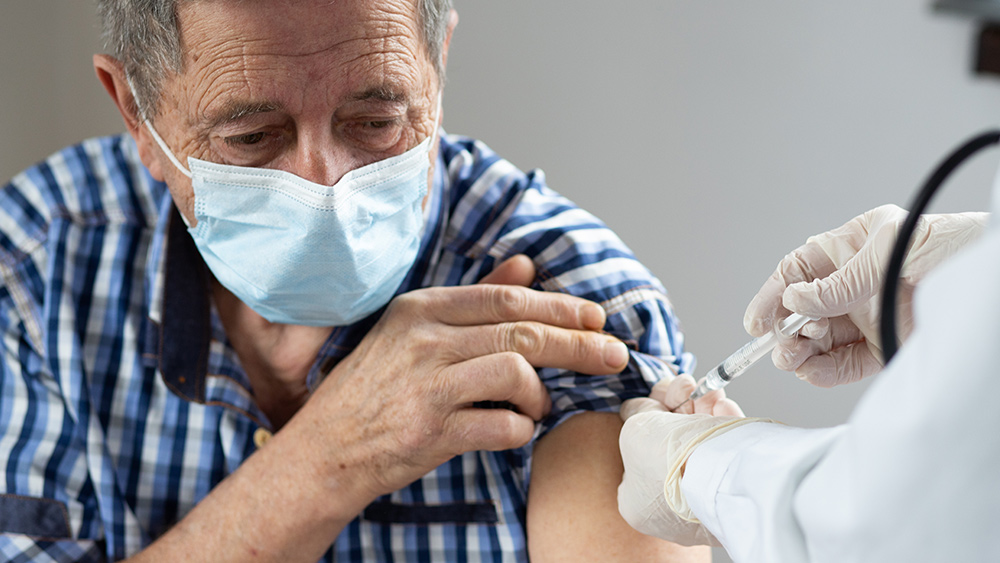
The study was carried out by researchers from the Abigail Wexner Research Institute at Nationwide Children’s Hospital’s Center for Injury Research and Policy and the Central Ohio Poison Center. They looked at trends in the calls made to poison control centers nationwide related to liquid laundry detergent packets. Although they noted a modest drop in calls for children under age 6 after new safety standards were issued, there was a startling rise in calls for older children and adults.
Concentrated liquid laundry detergent packets, or pods, are more toxic than the more traditional types of powdered and liquid laundry detergent for reasons that aren’t fully understood by scientists. Research is needed to find a way to reduce their toxicity, and a reformulation could go a long way toward reducing poisoning incidents.
From the beginning of 2012 through the end of 2017, poison control centers in the U.S. recorded 72,947 calls about exposure to liquid laundry detergent packets. In 2017, calls were received once every 42 minutes on average. Most of these cases involved children younger than 6, and 6.4 percent of the incidents had serious medical outcomes. During the time studied, eight people died from ingesting laundry pods. While two were toddlers, the remaining six were adults aged 43 and older who had developmental disabilities or a history of dementia.
In 2015, the ASTM international standards organization created a Standard Safety Specification for Liquid Laundry Packets to help reduce the problem. While their aim was certainly commendable, many experts believe it simply wasn’t enough. Some detergent pod makers changed their packaging, and the American Academy of Pediatrics and other groups launched public awareness campaigns about the dangers of these pods. While these efforts have reduced the number of exposures in kids under age 6 to some degree – 18% – the fact that so many older children and adults are still in danger means more needs to be done.
According to the study’s senior author, Dr. Gary Smith, the numbers remain “unacceptably high.” Although he conceded that the voluntary standards and awareness campaigns are a good start, he feels more can be done.
More detergent safety improvements are needed
One of the problems he identified is the fact that the voluntary safety standards allow manufacturers to comply with child-resistant container requirements in one of six ways instead of simply conforming to the Poison Prevention Packaging Act (PPPA) standards, which have already proven effective. He feels that requiring PPPA compliance in packaging could go a long way toward reducing access to the packets.
Dr. Smith also suggested that each pod be individually wrapped, adding another layer of protection that could potentially prevent poisoning incidents.
Public awareness is also helpful. Although you might think that the dangers of laundry detergent would be pretty obvious to those who are past elementary school, a social media craze recently saw teens challenging one another to eat these toxic pods.
A recent analysis of Tide pods carried out by the Consumer Wellness Center revealed that they contain more than 700 different chemicals. Although the packaging tries to make these ingredients sound friendly, the truth is that they are very toxic chemicals that warrant the same safety measures you’d take when storing something like pest control products or bleach.
Those who have young children in the house or adults with developmental disabilities or a history of dementia are advised to use other types of laundry detergent.
Sources for this article include:
Please contact us for more information.



















